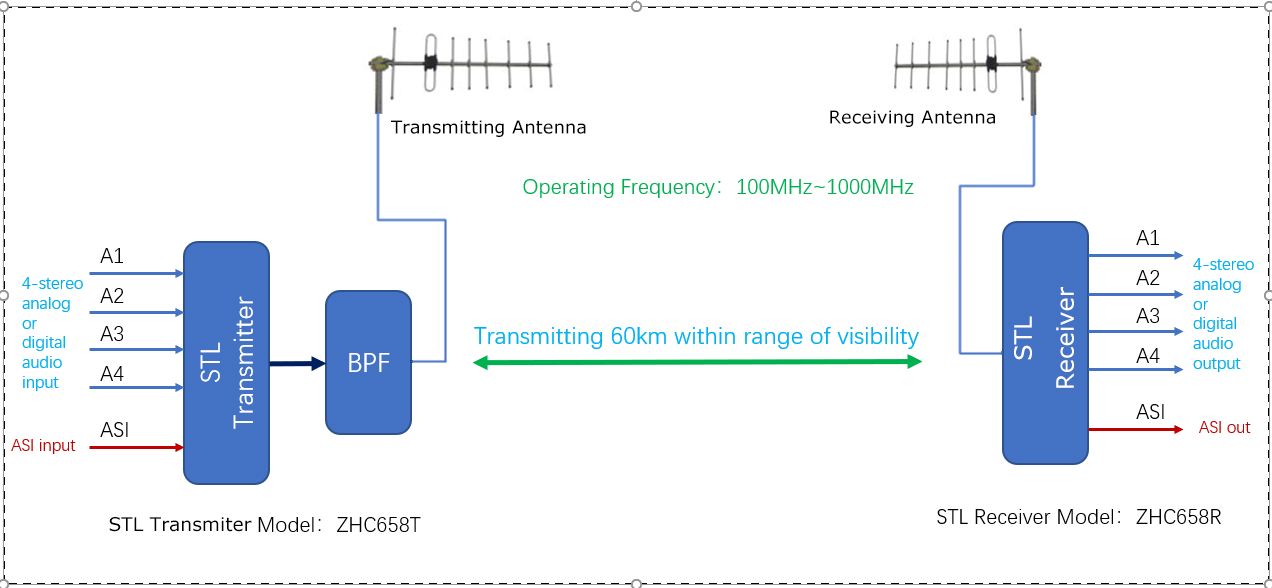AES67 network digital audio standard (reproduced)
AES67 is an open network digital audio standard. It is based on the IP network architecture and adopts the existing IT network protocol to achieve interoperability guidelines for low-latency, high-performance professional audio transmission. Its open protocol and compatibility have greatly promoted the development of digital audio technology based on the IP network architecture.
1. The background of the AES67 standard
From the perspective of the development process of radio and television audio systems: from analog audio systems that use many cables, to digital audio systems that introduce the concept of "synchronization", to TDM audio matrix systems, and then to the realization of multiple work rooms based on Ethernet Network interconnection audio system, and then to the network audio technology based on IP architecture to realize remote interconnection (between jobs and between different regions), and now it has formed a multi-site centralized distribution system based on IP architecture. The evolution of audio technology capabilities and the development of IT technology have given the entire audio and video technology industry a ride in IT technology. The audio industry is also facing the arrival of the AolP (Audio over Inter-net Protocol, audio under the Internet Protocol Architecture) era.
There are currently four network protocols adopted by the Media Networking Alliance (MNA): Livewire, Ravenna, QLAN, and Dante. These four agreements correspond to the four manufacturers in the industry. The Telos represents Livewire, Lawo represents Ravenna, QSC represents QLAN, and Yamaha represents Dante. However, different network protocols are incompatible with each other, which is very troublesome for users. Because most users choose not a certain brand, but a system. There may be many different devices in this system. Some devices use this protocol, and some use that. These devices often cannot communicate with each other.
Now there is such a set of intercommunication mechanism-AES67, which can connect different protocols together. Currently, the manufacturers covered by the four protocols of Dante, Livewire, Ravenna, and QLAN have reached more than 90%, which means that the AES67 standard can get through 90% of the devices on the market and solve the most difficult problems for users.
2. The key technology of AES67 standard
1. Synchronization mechanism
The receiving end at any place on the network can replay synchronously with other receiving ends through a common clock. The common clock can ensure that all streams are sampled and restored at the same rate, and multiple streams of the same rate can be easily synthesized. The synchronization of the public clock is achieved through the IEEE 1588-2008 Precision Clock Synchronization Protocol. The IEEE 1588 protocol combines software and hardware without requiring additional clock lines. The original Ethernet data lines are still used to transmit clock signals. Networking Simple and efficient.
2. Media clock
The digital audio carried on the sending end network is sampled according to the media clock, or its sampling frequency is converted according to the media clock; the receiving end uses it to play digital media streams. The media clock has a fixed relationship with the network clock. The media clock is compared with the network clock. To have a more precise rate, the rate should be consistent with the audio sampling frequency. This standard supports three sampling frequencies: 44.1KHz, 48KHz, 96KHz.
3. Coding
Encoding is a method of digitizing audio signals into a sequence of data packets that can be streamed. The format of the payload defines the encoding of audio samples. The AES67 standard supports payload formats including L16 and L24. L16 is an encoding format for uncompressed audio data collection, and L24 is an extension of L16. The 16-bit or 24-bit uncompressed audio data sample value is represented by sign-shaped two's complement. Among them, the range of L16 is -32768 to 32767.
4. Transmission
Transmission defines the operation of the encoded and packaged media data on the network layer and the transport layer. In this standard, media data packets at the network layer should be transmitted based on IPV4; the transport layer should use real-time transport protocol (RTP) to transmit audio data information, use real-time transmission control protocol (RTCP) to transmit control information, and equipment should use UDP protocol To transmit RTP packets.
The real-time transmission protocol provides end-to-end transmission services with real-time characteristics for data, with the purpose of providing time information and realizing stream synchronization. The real-time transmission control protocol is responsible for managing transmission quality, exchanging control information between current application processes, and providing flow control and congestion control services.




